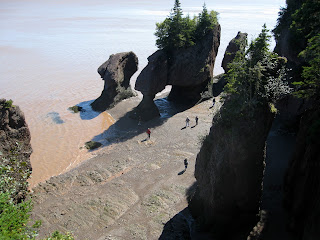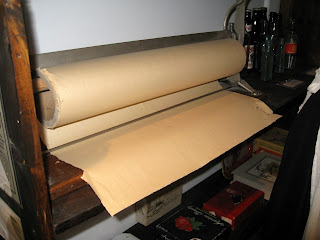Gimli - 2016 Study Session begins in Winnipeg

Articulation's annual study session was in Manitoba this year. It began in Winnipeg where we all gathered, flying and driving in from across Western Canada. Our first stop was in downtown Winnipeg at the North Forge Fabrication Lab. Multi-media artist Erika Lincoln was our tour guide. If you go to her website Erika Lincoln - Lincoln Lab you will see some of the work she has produced with the type of equipment in North Forge. North forge is part of "innovation alley" a two block section of Adelaide Street in the Exchange District that was instrumental in earning a large grant from the federal government recently. Erika showing us the raw materials used for laser printing. L.- R: Erika Lincoln, Lesley turner, Ingrid Lincoln, Leann Clifford Plastics for laser printing.





